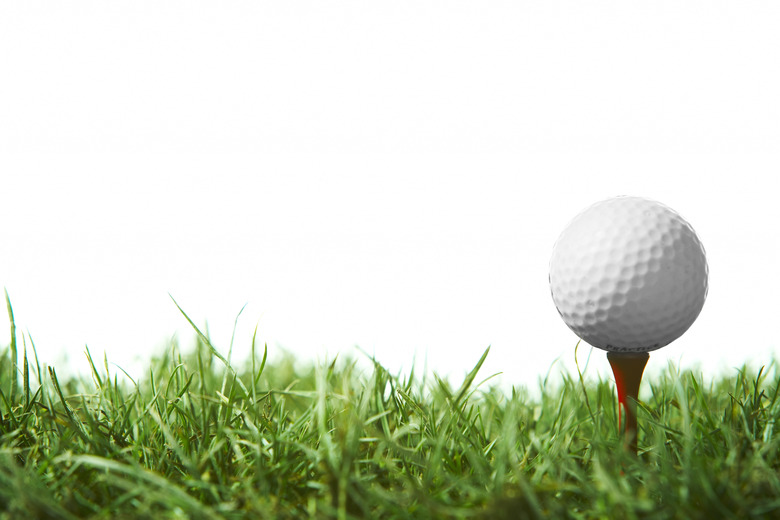How To Calculate Circularity
By definition, a circle is the most circular object. It is also the most compact in the sense that it encloses the most area for a given perimeter. There are many applications in which you want to say just how compact or circular an object is. One common measure — referred to in different places as circularity, compactness and shape factor — compares the perimeter of a shape to the area it contains.
Calculating Circularity
Calculating Circularity
A circle has an area of pi_r^2 and a perimeter of 2_pi_r, where r is the radius. A useful measure of circularity compares these two in such a way that the value does not depend on how big the shape is or which units are used to measure it. Also, it will be easier to understand if the value for a circle is equal to one, and smaller for other shapes (less circular or compact). To achieve this, a common measure of circularity is given by four times pi times the area divided by the perimeter squared: C = 4_pi_A/P^2 ~ 12.57_A/P^2, where C is the circularity, A is the area and P is the perimeter. For a circle, C = 1. Values for other simple shapes are: 1x2 rectangle, 0.698; equilateral triangle, 0.605; Square, 0.785 and Hexagon, 0.907.
Applications
Applications
The circularity measure is used extensively in image analysis to sort or identify objects. It has also been used to analyze the gerrymandering of legislative districts and proposed as a way to zone irregular land parcels.
Cite This Article
MLA
Ph.D., Ariel Balter,. "How To Calculate Circularity" sciencing.com, https://www.sciencing.com/calculate-circularity-5138742/. 24 April 2017.
APA
Ph.D., Ariel Balter,. (2017, April 24). How To Calculate Circularity. sciencing.com. Retrieved from https://www.sciencing.com/calculate-circularity-5138742/
Chicago
Ph.D., Ariel Balter,. How To Calculate Circularity last modified March 24, 2022. https://www.sciencing.com/calculate-circularity-5138742/
